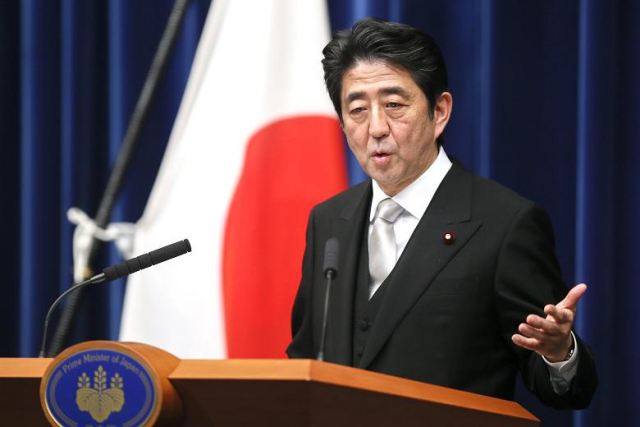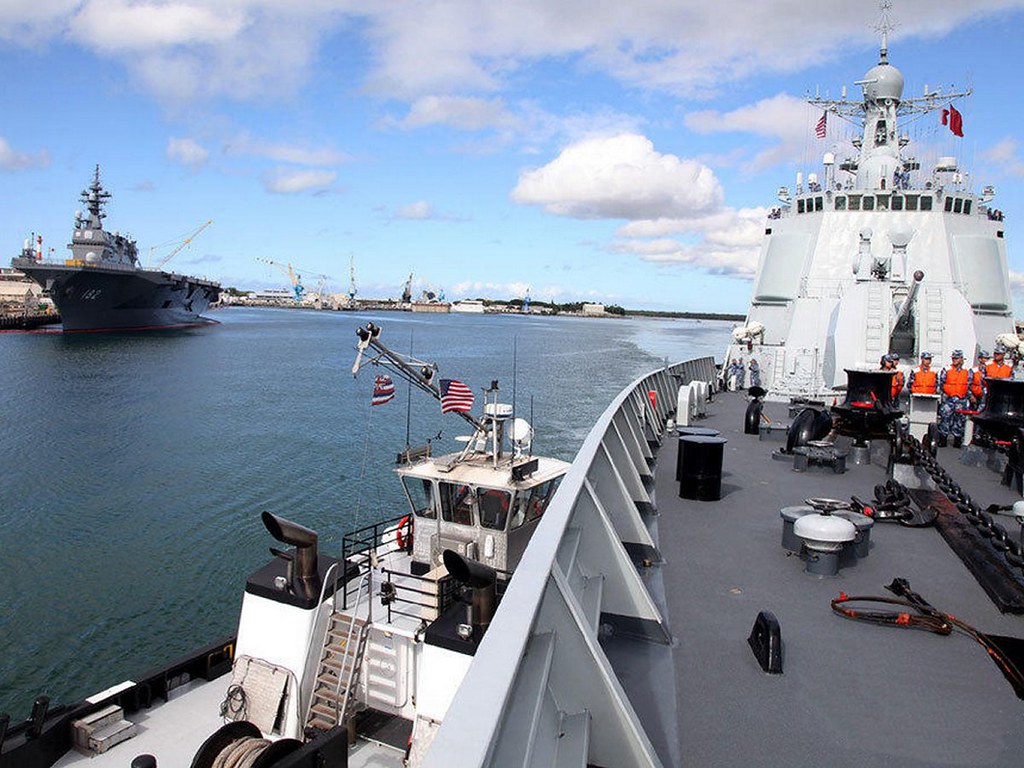SamuraiBlue
Captain
Defense Industry of Japan to exhibit for the first time at Eurosatory Defense & Security Exhibition.
Japanese defense industry will exhibit their latest innovations and technologies of military equipment at the Defense & Security Exhibition Eurosatory 2014, as Prime Minister Shinzo Abe eases curbs on the nation's weapons exports. Fourteen Japanese firms, including wartime Zero fighter maker Mitsubishi Heavy Industries Ltd, will attend Eurosatory, many of them participating in the first Japanese pavilion.

Prime Minister of Japan Shinzo Abe
Still, the debut marks a significant step after Abe last month eased the government's strict curbs on arms sales abroad, seeking to fortify ties with allies and bolster Japan's defence industry as he pursues a more muscular military and diplomatic role for the country.
Tapping foreign markets and joining international development programmes would allow Japanese arms makers to build bigger lots at a lower unit cost and help the government cut procurement costs as Abe reverses a decade of military budget cuts.
The defense exhibition Eurosatory, held every two years, runs from June 16 to June 20 in Paris and bills itself as the "largest international land and air-land defence and security exhibition."
Japanese exhibitors will include Kawasaki Heavy Industries Ltd, which build planes, submarines and helicopters for the Japanese military, electronics giant NEC Corp, a major maker of military communications equipment, and industrial conglomerates Hitachi Ltd and Toshiba Corp..
They will be joined by around 1,400 exhibitors from Europe, the United States, the Middle East and elsewhere displaying products ranging from tanks and missiles to unmanned aerial vehicles and body armour.
Well, now they come, I think most of their potential product for export is non-lethal like C-2 transport aircraft, P-1 MPA, US-2 flying-boat, ....
Looking at the names of exhibitors I believe they will place various radar systems and communication systems on display as well.



